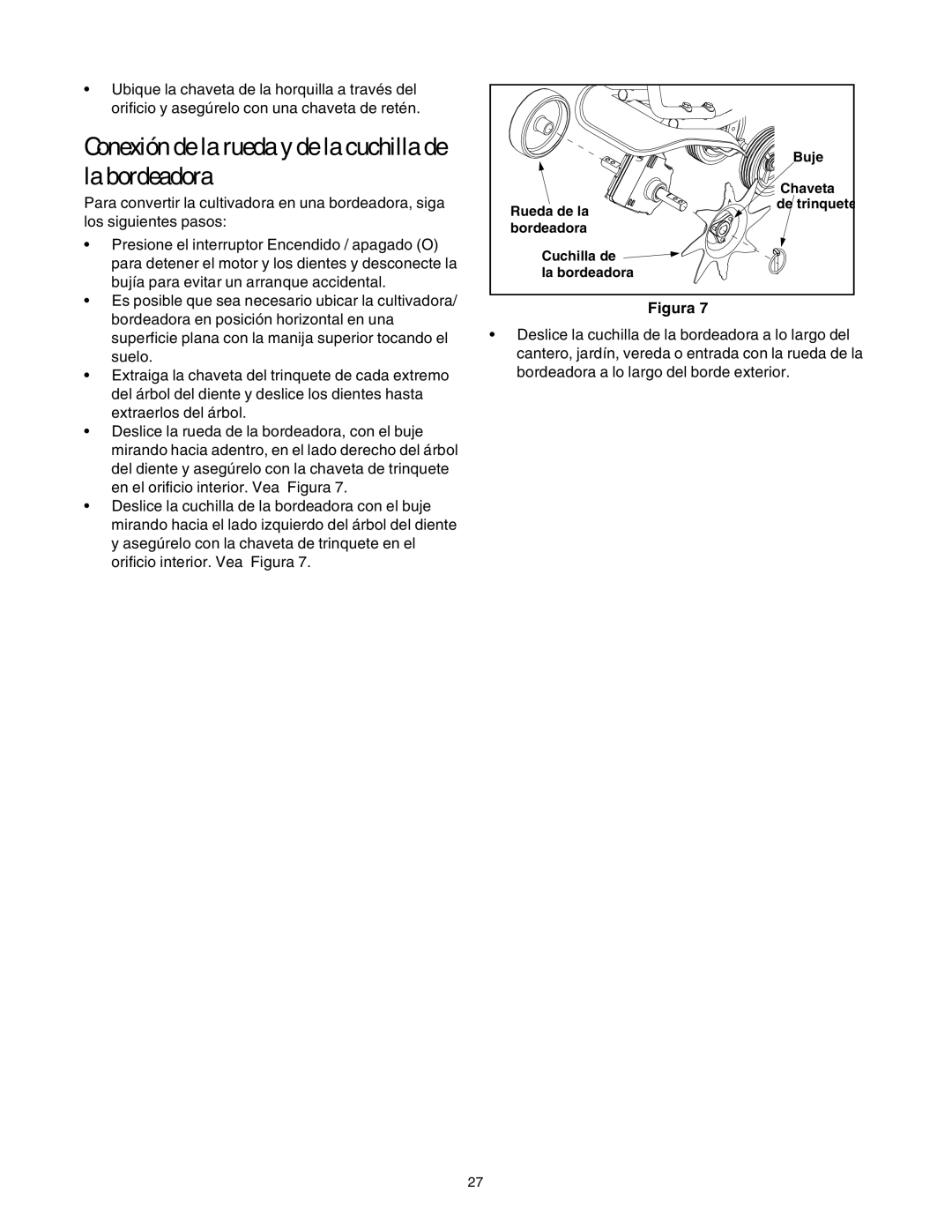316.2927 specifications
The Sears 316.2927 is a versatile electronic keyboard that gained popularity in the 1980s for its compact design and user-friendly features. This model epitomized a blend of affordability and functionality, making it an attractive choice for both novice musicians and those seeking a portable instrument.One of the main features of the Sears 316.2927 is its 49-key layout. The keys are not full-sized, which contributes to the keyboard's lightweight nature and portability. This design allows users to play a range of musical styles while still being easy to transport from one location to another. The keyboard also includes a number of built-in sounds, allowing users to explore various instruments, including pianos, organs, and synthesizers. The variety of sounds can inspire creativity and provide a richer music-making experience.
The Sears 316.2927 incorporates several essential technologies that were innovative for its time. It includes an integrated rhythm section, which features a selection of percussion patterns that can enhance any performance. Users can choose from multiple styles, such as rock, jazz, and disco, offering a range of backgrounds for their music. This rhythm feature is coupled with adjustable tempo controls, allowing players to set their preferred speed and tailor the backing track to suit their needs.
In terms of characteristics, this model boasts a straightforward interface, with easily accessible buttons and knobs for sound selection, volume control, and rhythm settings. The LCD display provides essential feedback, guiding users through various functions and settings. The keyboard is powered by batteries or can be connected to a standard power outlet, making it versatile for both home use and on-the-go sessions.
Another notable characteristic of the Sears 316.2927 is its ability to connect to external audio devices. The inclusion of line-out and headphone jacks enables users to connect the keyboard to amplifiers or recording equipment, expanding its use in live performances and studio settings. This connectivity enhances the instrument's utility, allowing it to fit seamlessly into a variety of musical environments.
Overall, the Sears 316.2927 is a well-rounded electronic keyboard that balances portability, user-friendly features, and a range of sounds. Its combination of built-in rhythms, easy interface, and connectivity options makes it an excellent choice for budding musicians and seasoned players alike, providing a platform for creativity and musical exploration.

